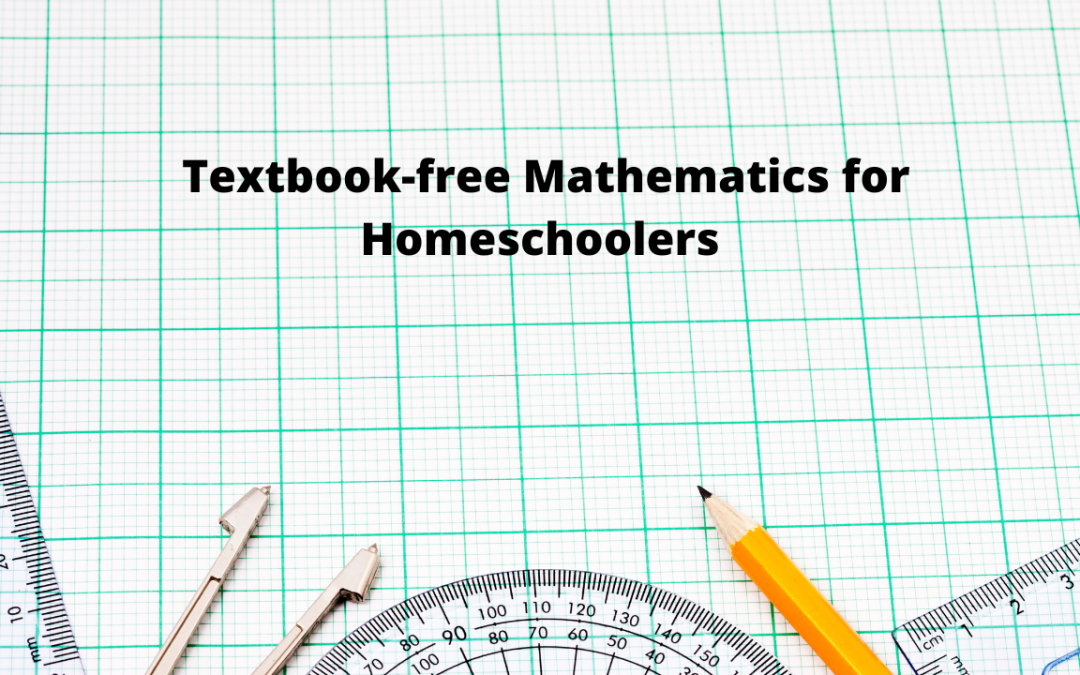I clearly remember being frustrated with high school algebra and geometry. Neither made any sense to me and, at the time, I was convinced I would never need those math skills in my adult life. As a result, I didn’t take the classes seriously and managed to just barely pass with a high enough grade to receive course credits towards graduation.
We all use math in our daily lives. While it’s true that we likely do not think much about the fundamental geometric relation among the three sides of a right triangle, most of us use math in some form multiple times a day. STEM professions (Science, Technology, Engineering and Mathematics) use higher level mathematics on an ongoing daily basis.
Learning mathematics does not have to be a cut-and-dried, boring textbook-based grueling effort. In April 2018, we posted an article entitled “Learning Math Can Be a Creative Experience,” that illustrated math is not just a “boring” or “pointless” graduation requirement. Sadly, traditional math instruction has been focused on test performance and answering questions correctly when called on in class to do so. In reality, math is a part of everything in life and learning math can also be a part of homeschooling that can be learned without the use of traditional textbooks.
OVERCOMING NEGATIVE ATTITUDES
If you’ve ever told your child that you “didn’t do well” at math or that you “hate math,” you’ve already instilled the beginnings of math negativity in your child. An article from PRNewsWire.com says that “75% of students reported hearing a parent or other adult speak negatively about math with almost half (44%) hearing adults say, ‘I hate math.’ “
In fact, according to survey data, “nearly twice as many students (46%) report they like or love math compared to those who said they hate or dislike it (24%). The remainder of students (30%) said they were indifferent on the subject. Of those surveyed, a majority (68%) said they would like math more if they better understood how it applied to their future.”
HOW TO TEACH MATH TO HOMESCHOOLERS
The website TeachBesideMe provides a volume of useful information about how to effectively teach math to homeschoolers. “Negative feelings about math are usually related to traditional teaching methods used in elementary education and, unfortunately, are transmitted to our children, influencing their feelings about math. But math is a beautiful and useful language. As homeschooling parents, we can heal from our own experiences and teach better than we were taught.” (https://teachbesideme.com/teaching-math-without-textbooks/ )
You can teach math to your child even if you’ve never been great at math. A quick online search will produce lots of great user-friendly math programs. But the fact is, you don’t really need an online math program to be a great math teacher. Just keep in mind that colorful illustrations, math humor and contextual connections to the real world are exactly what kids need to learn math. Use plain language. Make math fun and kids will develop an understanding of real math principles.
Alicia Hutchinson of Learning Well Community wrote a great piece entitled “6 Ways to Do Math Without a Math Textbook.” Here’s a summary of her six methods:
- Play Games – Playing games is one of the easiest ways to teach math without textbooks. Most kids love gaming, and most games require some math skills for success. A quick Google search for “math games” will turn up tons of great examples.
- Combine grocery shopping and couponing – Take the kids shopping and assign them with figuring out how much money can be saved using coupons. Percentage discounts are particularly good practice for students.
- Read – Encourage your children to read about math. While this might sound boring to them at first, there are books available that translate math into something kids can easily understand. (See below for suggested reading ideas.)
- Use “Manipulatives” – So what’s a “manipulative?” Simply put, it’s anything that uses something other than words to demonstrate math concepts. “Use blocks, snap cubes, paperclips, dice, counters, scales, money, even rocks – whatever you need to use to make it click for your child.”
- Real Life Math – Easy examples of ways to use around-the-house real life math include:
- Have your kids look for examples of math being used around the house – make it a contest to see who can find the most examples
- Engage your children in creating and managing a household grocery budget including figuring out how much a meal costs per person, the real cost of ordering online or having food delivered vs. going to the store and buying in person.
- Kids enjoy DIY projects. Engage them in figuring out if, for example, a bookshelf is more expensive pre-built or if you can build it yourself for less money.
- Most kids don’t understand just how expensive water, electricity, sewer, and trash pickup can be. Assign them to track your household utility costs and figure out how much it actually costs to do laundry, run the dishwasher, or even run outside sprinklers for an hour. Let them figure out whether anything can be done to lower these costs.
In other words, you can “help your kids learn to appreciate math by approaching it as a part of their everyday lives. Together, you and your homeschoolers can learn to appreciate math and make it a fun part of your homeschool and family life.”
(SOURCE: https://www.aliciahutchinson.com/ )
FINAL THOUGHTS
Teaching math to your homeschoolers without a textbook or a prescribed curriculum isn’t as difficult as it sounds. “To make math fun and interesting, don’t teach it. Instead, live it out. Show your kids with real-world examples and activities that math has a place in our everyday lives.” (SOURCE: a Florida homeschool mom named Jessica at https://www.thewaldockway.com/how-to-teach-homeschool-math-without-a-curriculum/ )
SUGGESTED READING
“Do Not Open This Math Book”
“The Times Machine”
“Bedtime Math”

